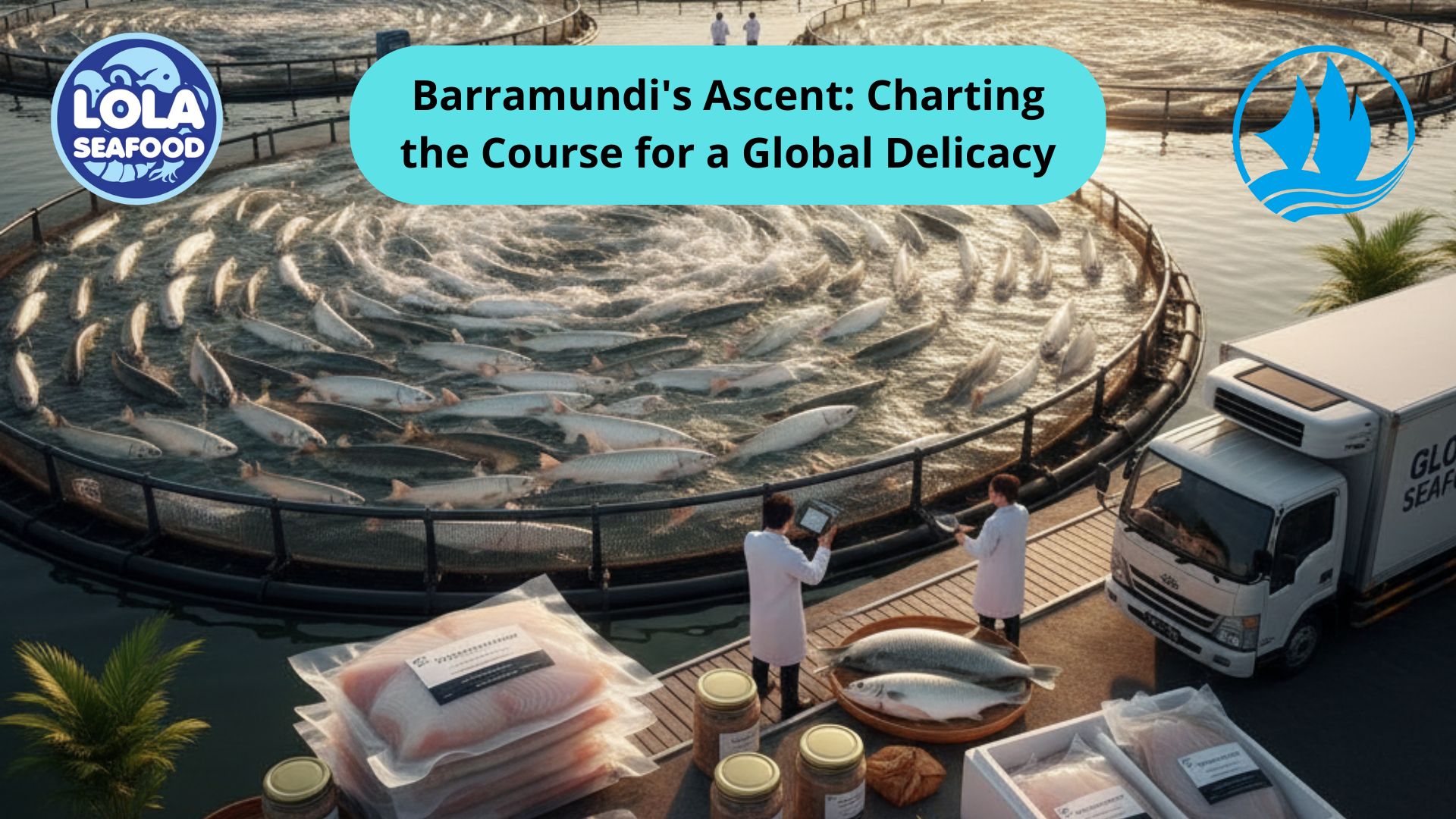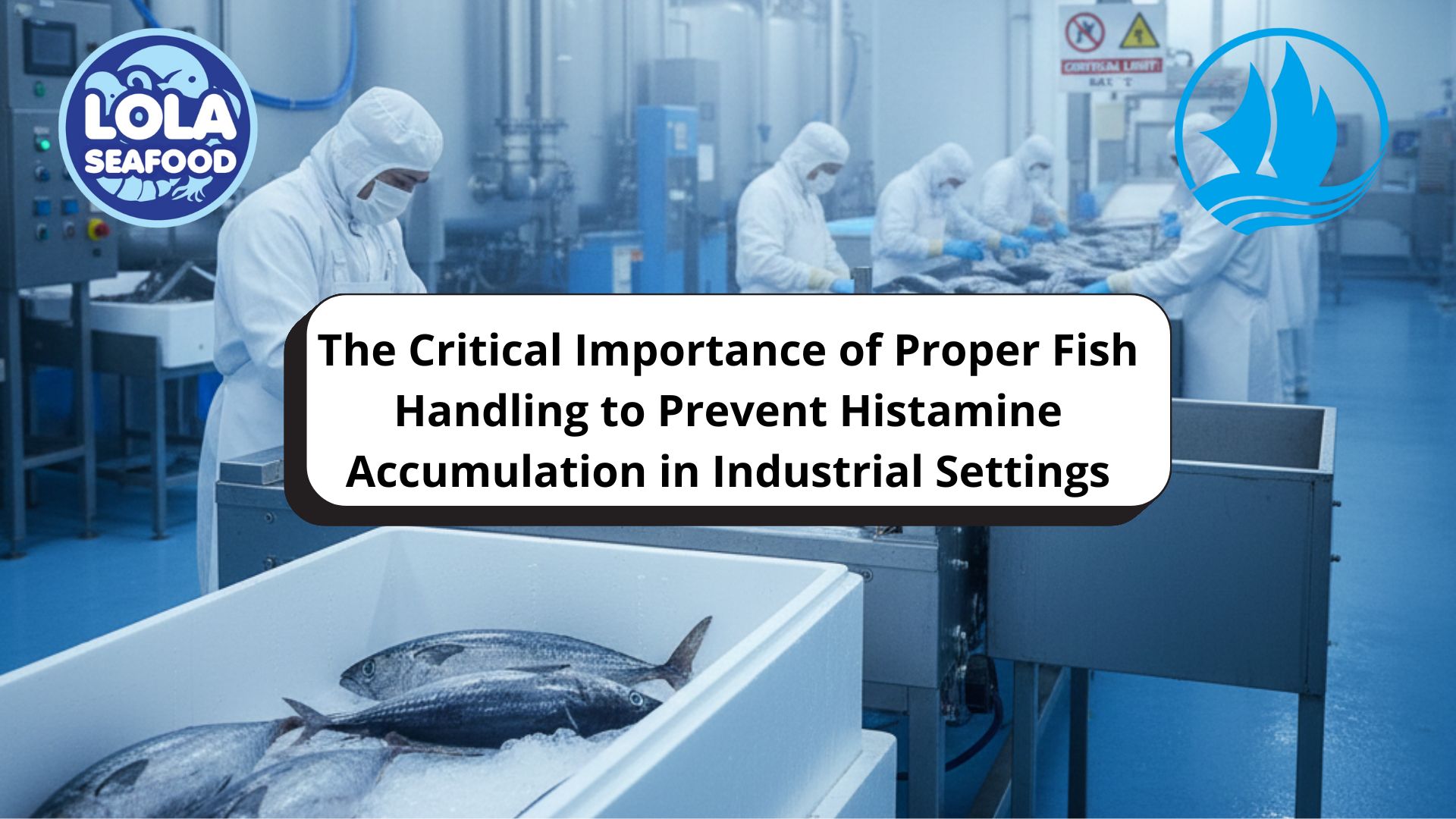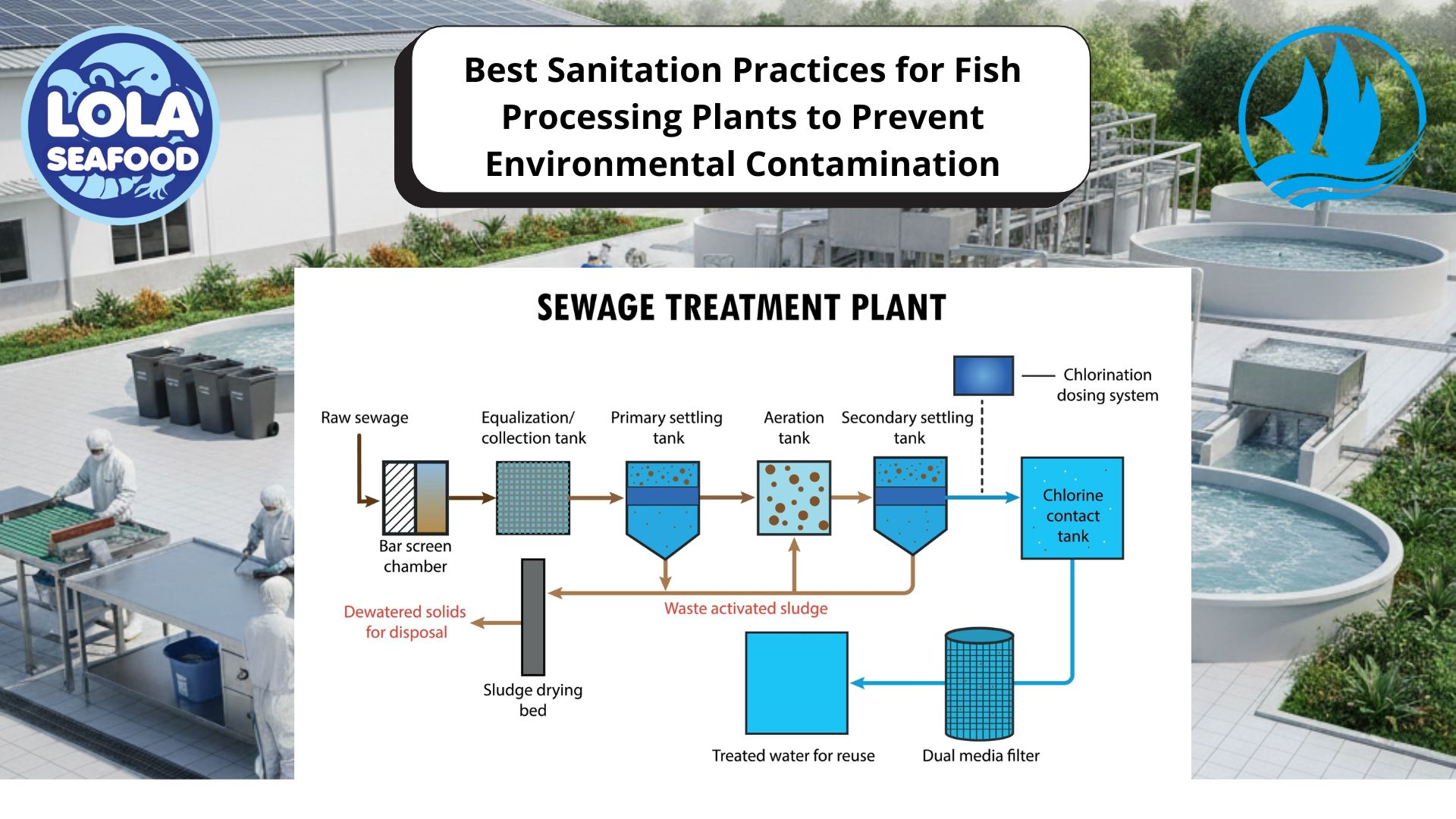How Global Fish Prices Shape Local Processing Industries
By. Fajar - 26 Sep 2025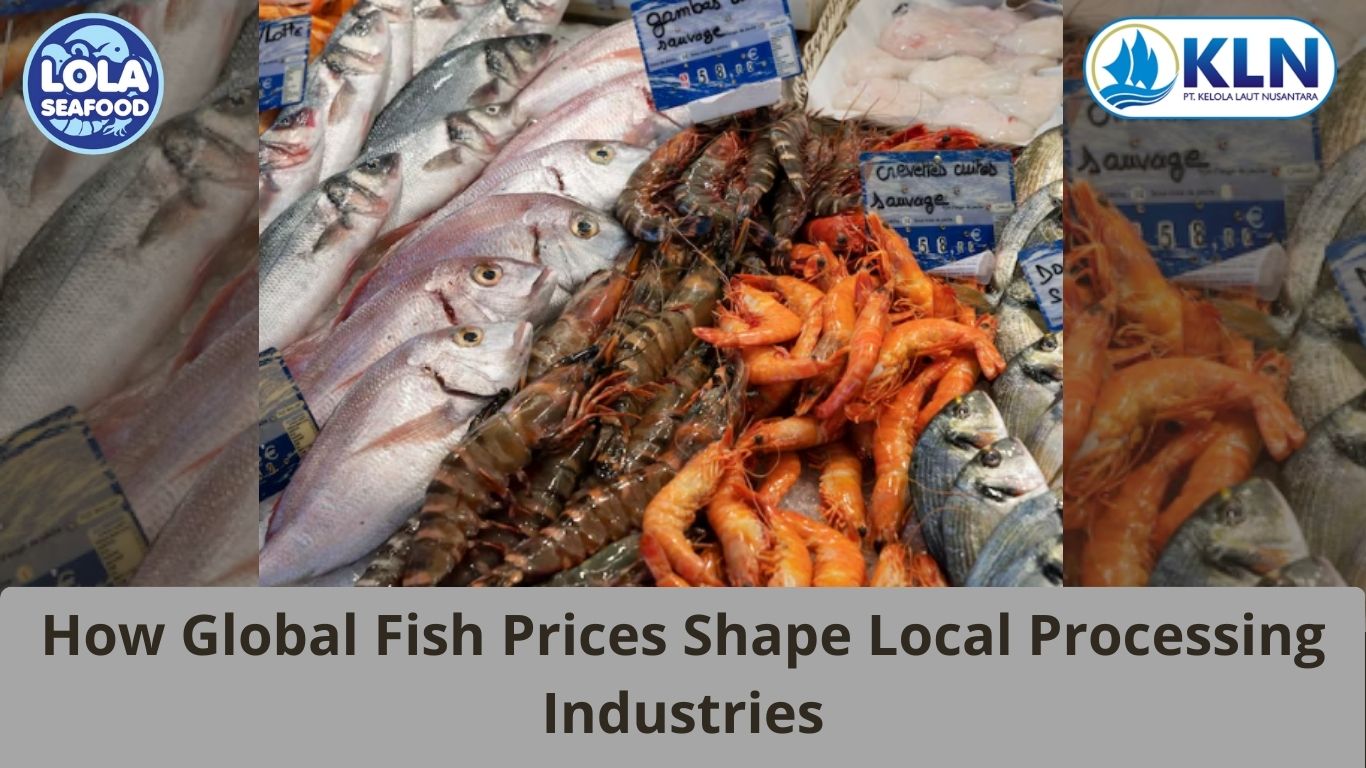
Kelolalaut.com The seafood industry is one of the most interconnected sectors of the global economy. Fish caught in one part of the world often travels thousands of kilometers before reaching consumers in another. Behind this complex web of trade lies one key driver: global fish prices. These prices, influenced by supply, demand, trade policies, and environmental factors, play a crucial role in shaping the operations and survival of local fish processing industries.
Global Fish Prices as a Market Signal
In the international seafood market, price fluctuations are more than just numbers on a chart—they are signals that influence investment, production, and trade decisions. For example, when the price of tuna rises in the global market, local processors in Indonesia, the Philippines, or Ghana may increase their production to meet demand. Conversely, if salmon prices fall due to overproduction in Norway or Chile, processors in other countries may face reduced competitiveness and shrinking profit margins.
Global prices thus act as a benchmark. Local industries must continuously adapt their strategies—whether it is adjusting procurement, negotiating export contracts, or modifying production volumes—to remain profitable.
Impact on Raw Material Procurement
For fish processing industries, the cost of raw materials—fresh or frozen fish—is the single largest expense. When global fish prices rise, the cost of acquiring raw fish increases, putting pressure on local processors who often work with narrow profit margins. In many developing nations, processors depend on small-scale fishers for supply. If global buyers offer higher prices directly to fishers, local processors may struggle to secure enough raw materials.
This competition can sometimes force processors to reduce operations or even shut down temporarily. On the other hand, when global fish prices decline, processors may gain access to cheaper raw fish, improving their competitiveness in both domestic and international markets.
Influence on Export Oriented Processing
Many local fish processing industries are heavily dependent on exports. Products such as fillets, canned fish, and surimi are shipped worldwide, and the revenue generated depends directly on global market conditions.
For example, a spike in demand for skinless fillets in Europe or the U.S. can encourage Southeast Asian processors to increase production of export-quality products. However, if prices fall due to oversupply, these processors may shift focus to domestic markets or reduce output altogether. In this sense, global fish prices not only dictate what gets produced but also determine where products are marketed.
Employment and Local Economies
The ripple effect of global fish prices goes beyond company balance sheets—it directly impacts employment and livelihoods. In many coastal regions, fish processing plants are among the largest employers, especially for women who dominate roles in cleaning, sorting, and packaging fish.
When prices fall too low and processors cannot remain profitable, workers face wage cuts, reduced working hours, or layoffs. Conversely, favorable global prices that stimulate higher production can lead to job creation and increased income for local communities.
Thus, the well-being of coastal economies often depends on global market trends that are far beyond their control.
The Role of Trade Policies and Currency Exchange
Global fish prices are also shaped by trade policies and currency fluctuations. For instance, if the U.S. dollar strengthens, processors in countries with weaker currencies may find their exports more competitive, even if global fish prices remain constant. However, tariffs, quotas, or bans imposed by importing countries can distort market signals, forcing processors to quickly adjust to new realities.
This sensitivity to global economic forces means that local processors must be financially agile. Those who fail to anticipate or adapt to such changes risk losing market share or falling into debt.
Opportunities in Value Addition
While global fish prices exert strong external pressure, local processors are not entirely powerless. One way to shield themselves from price volatility is through value addition—processing fish into higher-value products such as ready-to-eat meals, marinated fillets, or premium packaging for retail markets.
By moving up the value chain, processors can capture higher profit margins and reduce dependency on raw fish prices. This strategy also allows them to differentiate their products, making them less vulnerable to fluctuations in commodity markets.
Sustainability and Long Term Outlook
Global fish prices are also influenced by environmental and sustainability issues. Overfishing, climate change, and shifts in consumer demand toward eco-certified seafood all affect price structures. For local processors, aligning with sustainable sourcing practices can open new export opportunities and provide a buffer against volatile market conditions.
In the long run, processors who integrate sustainability into their operations will likely gain access to more stable markets and premium pricing. This alignment not only ensures economic survival but also supports the health of global fish stocks.Global fish prices are not abstract economic indicators—they are powerful forces that shape the daily realities of local fish processing industries. From raw material procurement and export competitiveness to employment and community well-being, price fluctuations ripple through every stage of the supply chain.
While local processors cannot control global market trends, they can adopt strategies such as value addition, diversification, and sustainability to reduce vulnerability. In an increasingly interconnected world, the ability to adapt to global fish prices will determine not only the success of local processors but also the resilience of coastal economies that depend on them.
If youre interested in our Emperor Fillet Skin On , Emperor Fillet Skinless , Emperor Grass Whole Round / Whole Gilled Gutted Scaled , Emperor Red Spot Whole Round / Whole Gilled Gutted Scaled and Emperor Whole Round / Whole Gilled Gutted Scaled please do not hesitate to contact us through email and/or Whatsapp
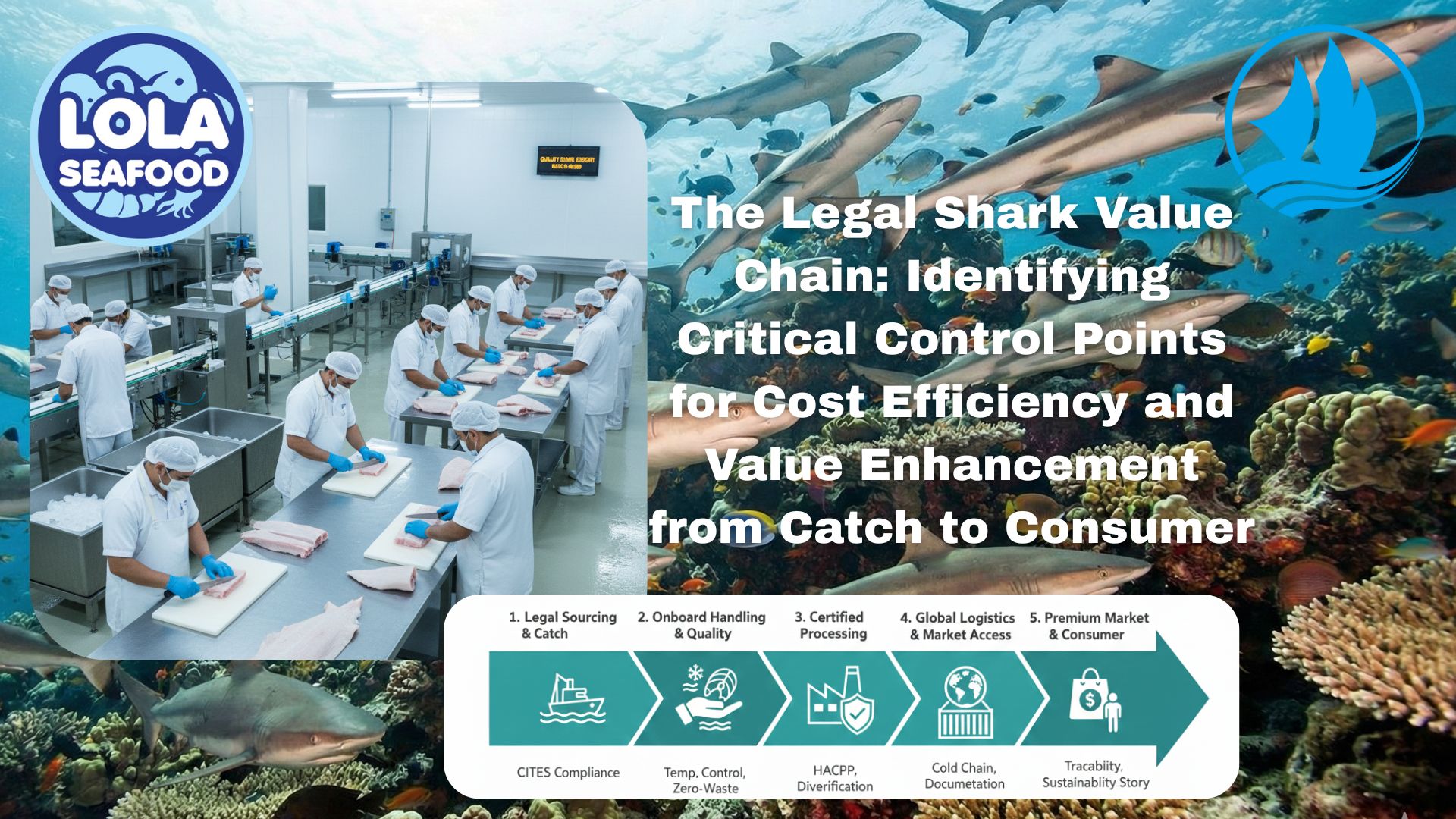
The Legal Shark Value Chain: Identifying Critical Control Points for Cost Efficiency and Value Enhancement from Catch to Consumer
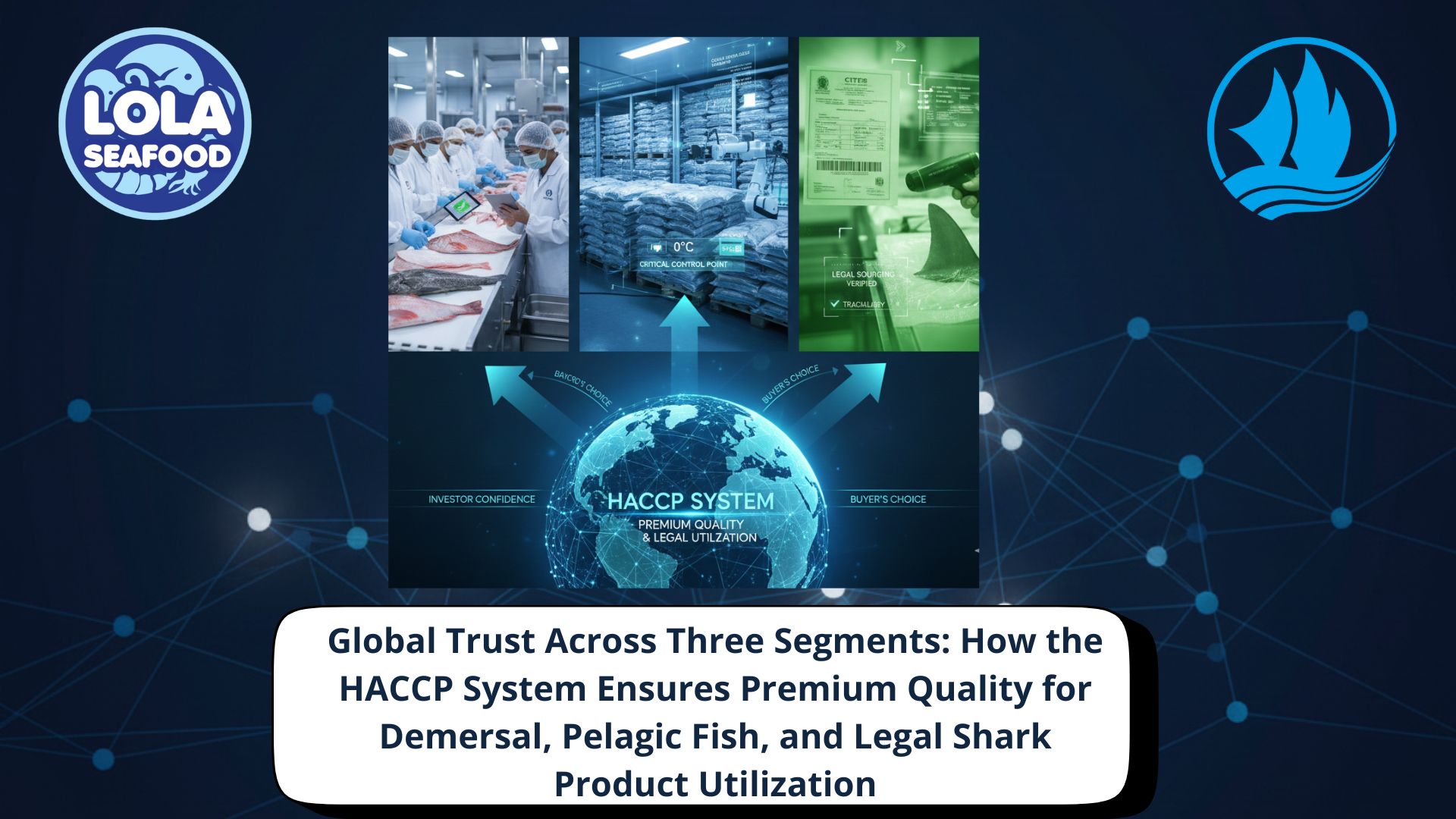
Global Trust Across Three Segments: How the HACCP System Ensures Premium Quality for Demersal, Pelagic Fish, and Legal Shark Product Utilization
.jpg)
Green Investment, Profitable Harvest: How Sustainability Practices Reduce Operating Costs in Fish Fillet Processing Plants (Skin-On and Skin-Less)
 in Meeting Global Protein Demand Sustainably.jpg)

